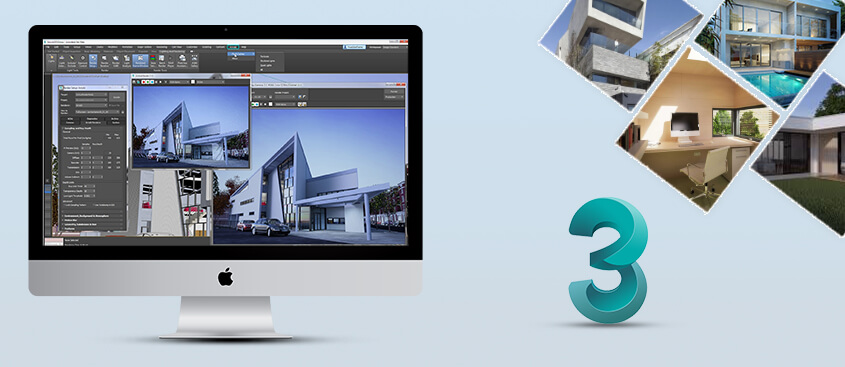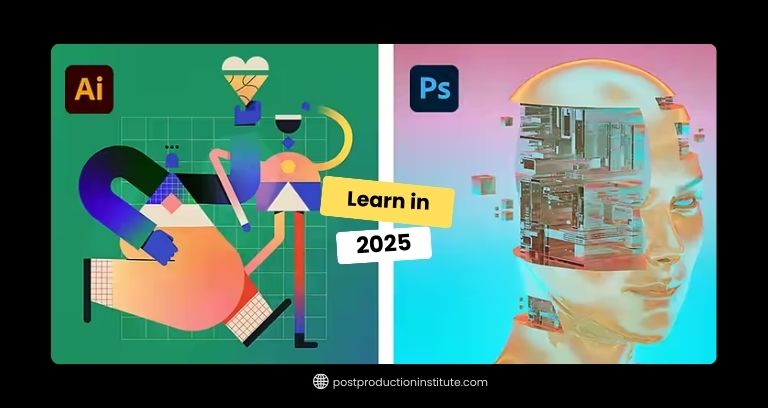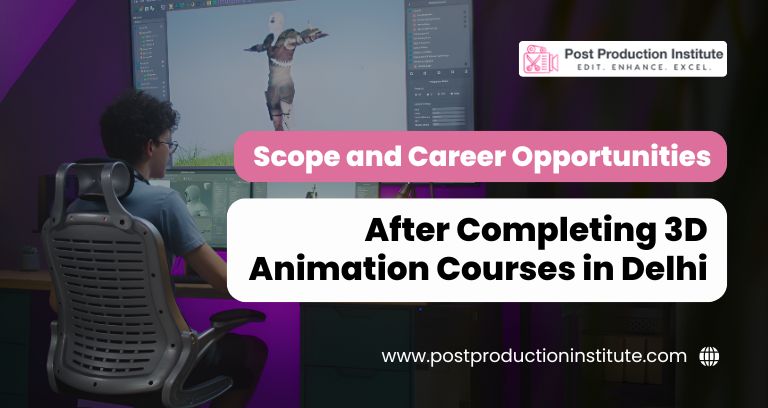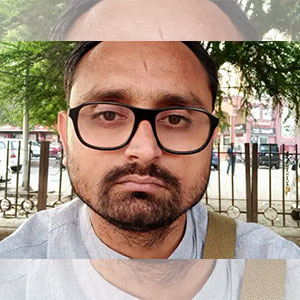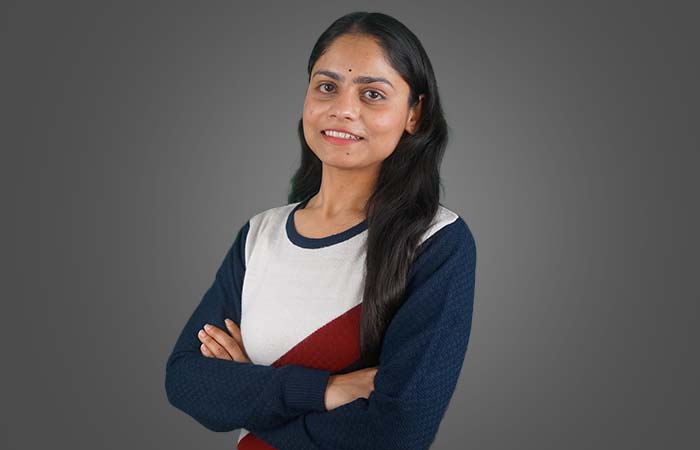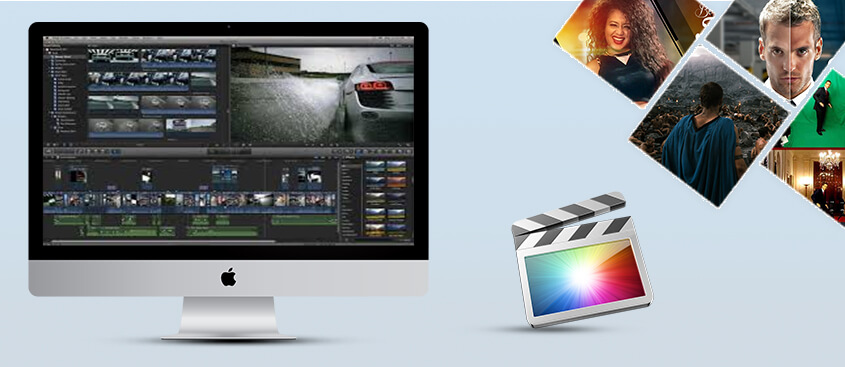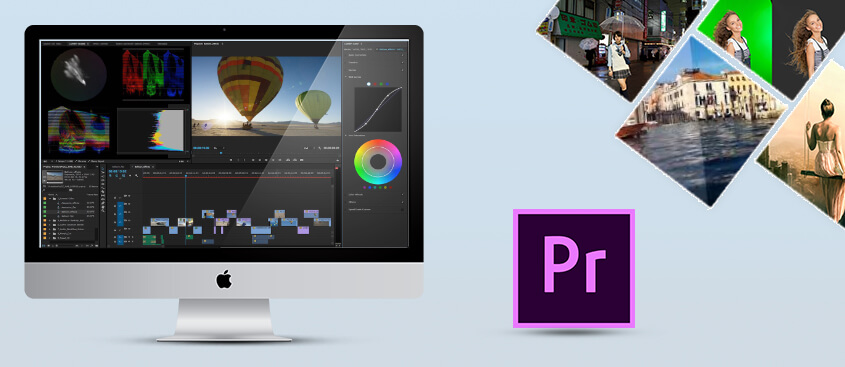About the best 3Ds Max Institute in Delhi
Autodesk 3Ds Max is specially used by those who are experienced in the video games, film, and TV industries to produce stunning 3D content. Autodesk 3Ds Max Design provides a complete 3D modeling, animation, and rendering solution to architects, designers, and engineers.
Autodesk 3Ds Max course provides a perfect beginning for all users of the 3Ds Max and 3Ds Max Design applications from all backgrounds. This Online 3ds Max Course is suitable for those who want to gain the key skills to start a career as an interior and architectural designer. That's why to join our best 3ds Max Institute in Delhi to become a great designer.
Pre-requisites to join online 3Ds Max Course in Delhi
- Any individual with 10+2 or equivalent is eligible for this Online AutoCAD Training
- Basic understanding of computer and internet
What will you learn in our 3ds Max institute in Delhi?
Read more about the topics that our 3ds Max institute will teach you in this course. Please contact us if you have any queries about our 3ds max course.
1- Interface
- Interface
- User Interface
- Viewpoints and Viewpoint UI Elements
- Command Panel
2 - Files & Objects
- Scene File Manipulation
- Simple Geometry Creation & Pivot Points
- Object Orientation
- Modifying Standard Objects
- Selecting Objects
- Organization of Objects in a Scene
3 - Transforms
- Transform Tool and Base Point
- Coordinate Systems
- Align
- Cloning Objects
- Other Transforms
4 - Applying Modifiers
- Concepts of the Modifier Stack
- Modifiers
- Noise
- Collapsing the Stack
5 - Low-Poly Modeling
- Objects and Sub-Objects
- Sub-Object Levels
- Smoothing Groups
- Using Subdivision Surfaces
6 - Shapes
- Shape Definitions
- Basic Shape Creation Functions
- Editing Splines
- Adding Splines from a Shape
- Segment Editing
- Vertex Editing
- Using Shape Modifiers
7 - Compound Objects
- Booleans
- ProBoolean Operations
- Lofts
- Scatter Tool
8 - Modeling Lab
- Creating an Underwater Scene
9 - Animation Basics
- 2d vs 3d Animation
- Time
- Keyframing
- Auto Key and Set Key
- Track View
- Ease in / Ease out
- Arcs
- Secondary Action
- Anticipation
- Follow-through & Overlapping
- Squash & Stretch
- Exaggeration
10 - Hierarchies
- Mechanics of Movement
- Linking Objects
- Schematic View
- Hierarchy
11 - Materials
- Introduction to Materials
- The Material Editor
- Material Types
12 - Using Maps
- Maps in Material Definitions and Map Types
- Displaying Maps in Viewpoint
- Mixing Maps
13 - Mappings
- Mapping
- Unwrap UVW
- Render to Texture
14 - Cameras
- Camera Types, Lenses, Aspect Ratio, and Camera Angles
- Framing a shot
- Perspective
- The Moving Camera
15 - Lighting
- Light Types and Lister
- Lighting Techniques
16 - Working with V-Ray for 3ds Max
- Installing and setting up V-Ray
- Using the DMC Sampler and irradiance mapping and Light cache
- Understanding color mapping modes
- Adding a spherical fill light
- Working with the V-Ray Dome Light
- Creating diffuse color, motion blur effect, and translucency
- Making reflective materials
- Controlling the V-Ray physical camera
- Compositing V-Ray elements
17 - Rendering
- Rendering
- Time Output
- Output Size
- Ram Player
- Batch Render
Other courses from the 3ds Max Institute in Delhi
Career Options:
Autodesk 3D Max Professional, 3D Artist, 3D Modelling Professional, Texture Artist, Lighting Professional, V-Ray Professional, 3D Set Designer, 3D Architect, 3D Interior Designer etc.
